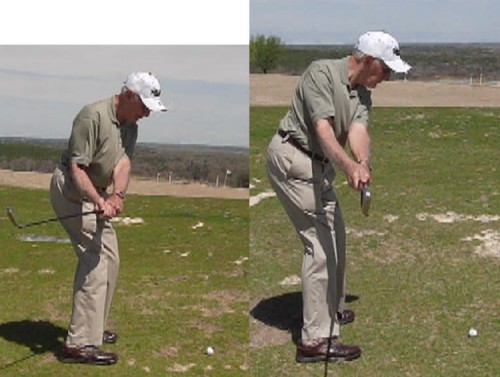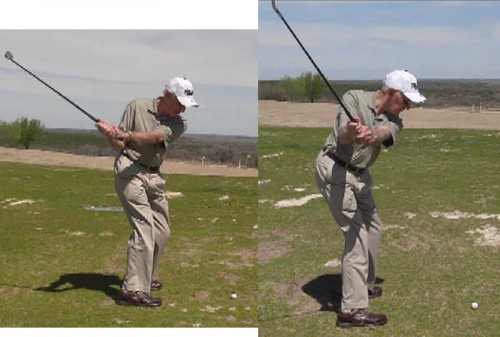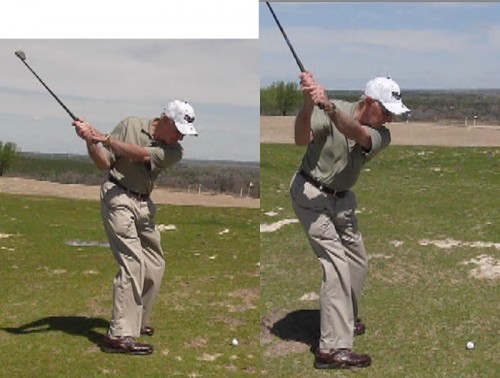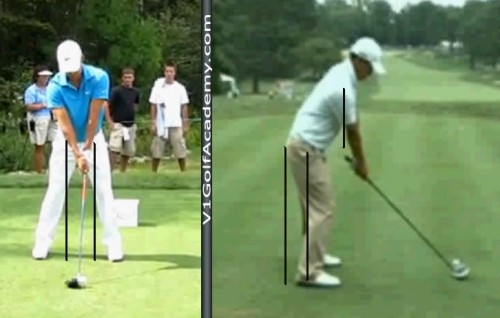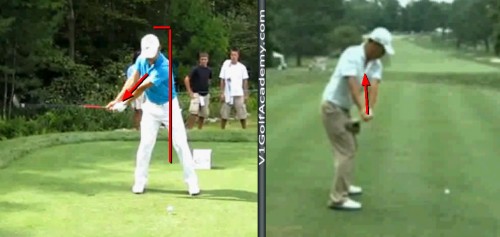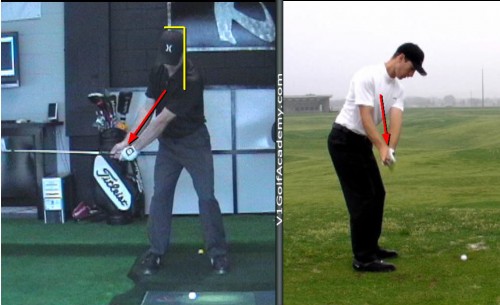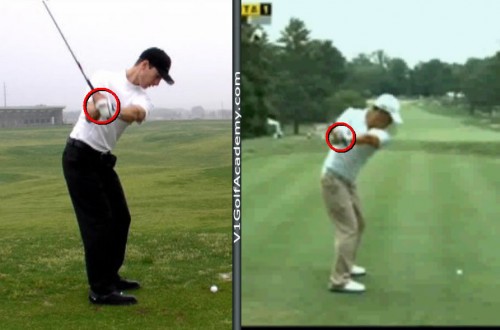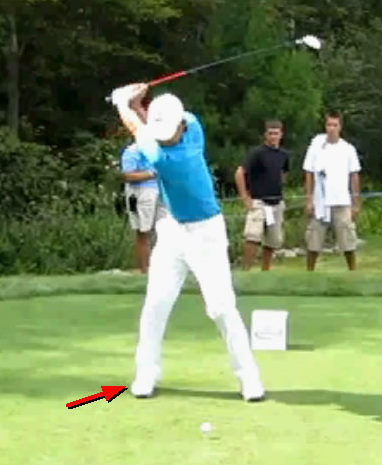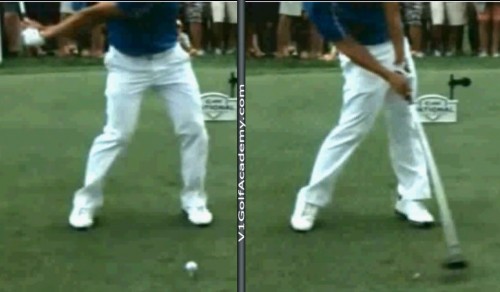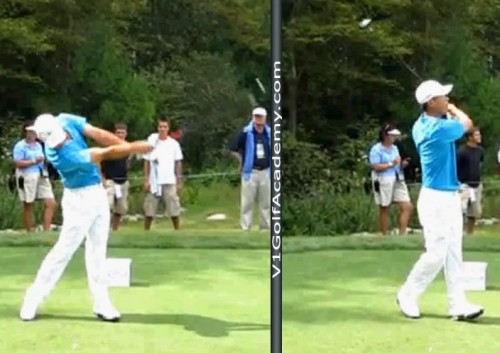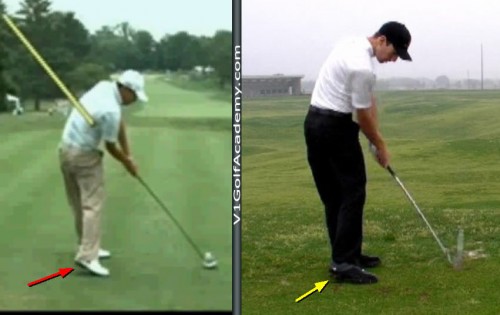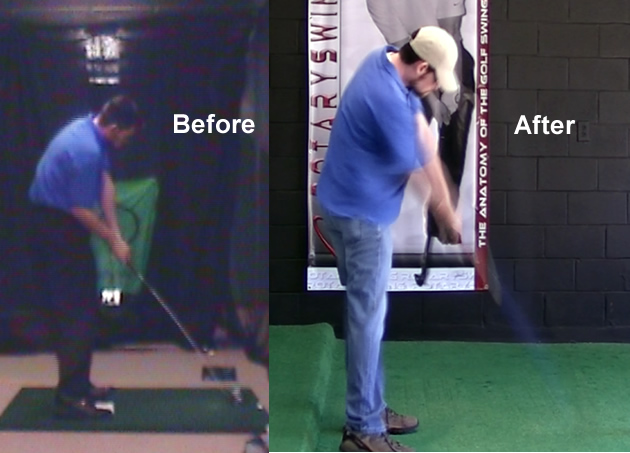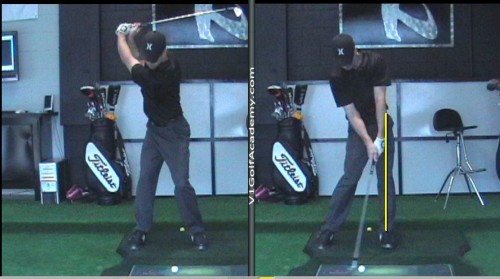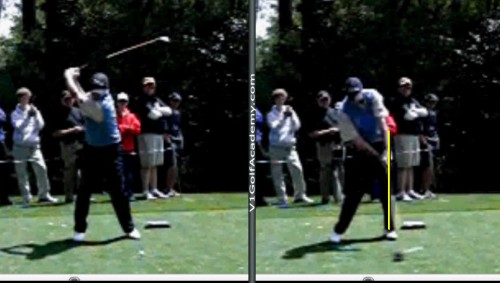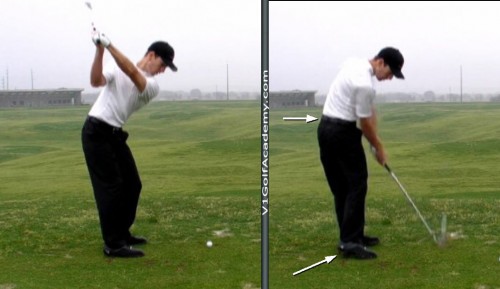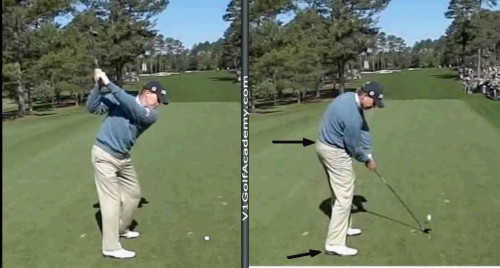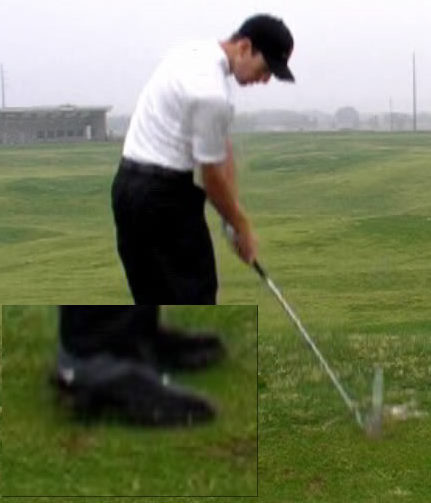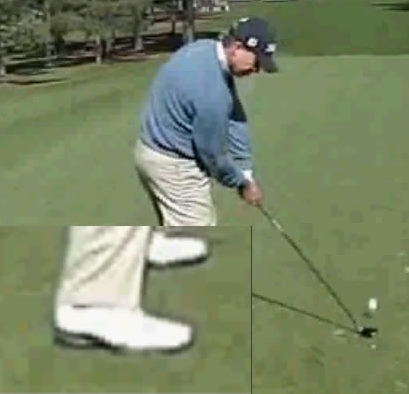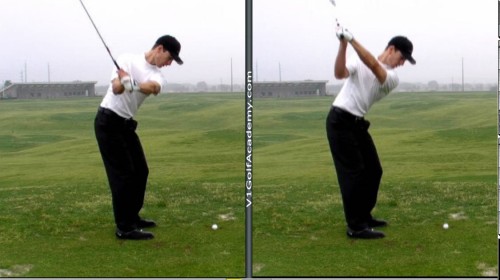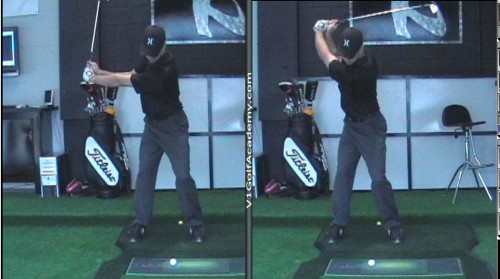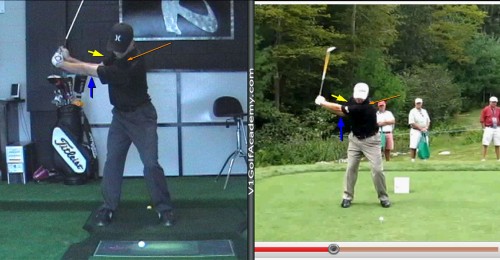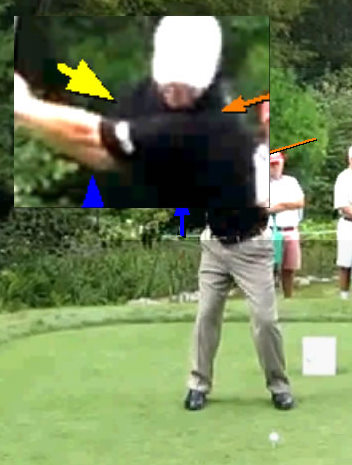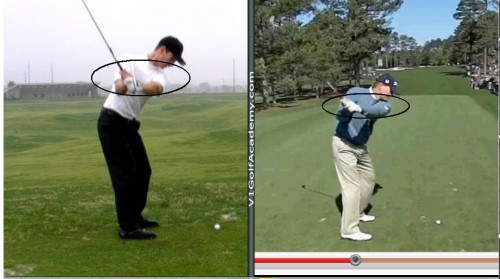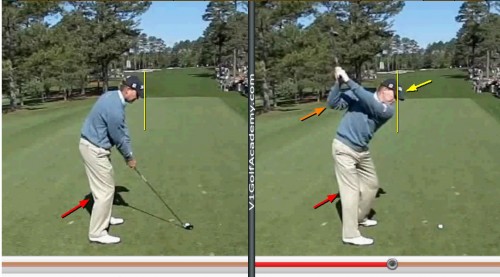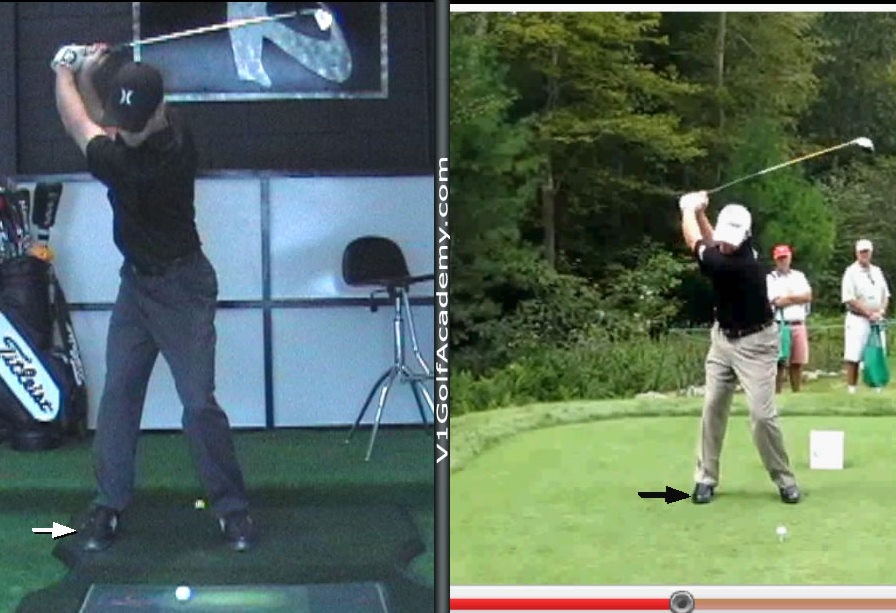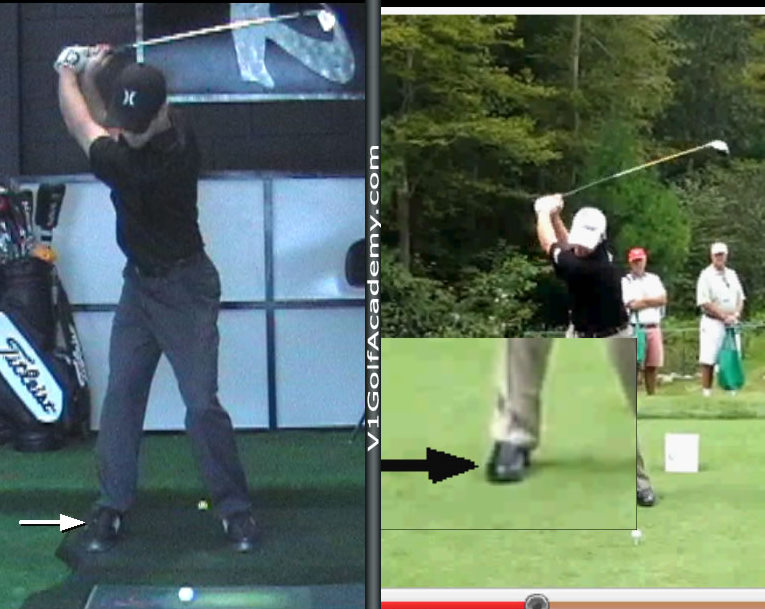The Rotary Swing Tour (RST) Golf Instructor Certification process continues to improve the knowledge, skills, and visibility of golf instructors across the globe.
San Antonio, Texas — Jeff Leach became the third instructor to pass the Level 1 RST Golf Instructor Certification exam on March 14, 2010. Leach, based in San Antonio, has been teaching golf for more than a decade and is the first person in Texas to complete the initial phase of RotarySwing.com’s golf instructor training program.
The speed at which Rotary Swing Golf Certification is spreading across the country is not surprising to the company’s founder, Chuck Quinton.
“The bulk of our business originates from our strong web presence at RotarySwing.com, which doesn’t limit us to any geographic region,” said Quinton. ”Combine that with an online golf certification process for our level one training that meets instructors’ needs for affordability and convenience, and I expect to see RST Certified Instructors everywhere golf is played!”
Quinton indicated that the golf certification program has received significant interest since it launched in February 2010 and is excited about the opportunities ahead for his business as well as for the RST Certified Instructors.
“The RST golf instructor training promises to be a great vehicle for growth, not just for RotarySwing.com, but also for instructors teaching our methods,” said Quinton. “The mutually beneficial nature of our certification program promises to drive its success.”
In addition to providing objective, scientific facts about golf instruction and the swing to improve golf coaching techniques, Rotary Swing Golf offers Certified Instructors promotional benefits to boost their revenues. These golf instructors realize significant visibility through listings on the heavily trafficked RotarySwing.com, inclusion in weekly email newsletters to thousands of golfers, and postings on social media like Facebook and RotarySwing.com’s Golf Forums and Golf Instruction Blog.
“Not many golf instructors have websites that pull in thousands of visitors each day,” Quinton said. “We can help them get their names out to potential students without spending a boatload on web design, search engine optimization, and online advertising.”
Ultimately, though, an instructor’s success comes down to the quality of golf instruction provided, and Quinton went to great lengths to ensure only the most knowledgeable golf instructors will earn certification.
According to the RST Golf Instructor Certification Overview page on RotarySwing.com, “The information that must be learned just to pass Level 1 requires on average 100 hours of study on swing mechanics, physics, anatomy, biomechanics, physiology and more.” The website indicates that these fields represent “many disciplines typical golf instructor training neglects.”
For more information about RST Golf Instructor Certification, visit www.RotarySwing.com/rst-certification.
A link to the RST Certified Instructor listings, where Jeff Leach’s bio can be found, is also available on that page.
About Rotary Swing Golf
Rotary Swing Golf, LLC was founded in 2006 by golf professional Chuck Quinton and is one of the world’s leading providers of subscription-based online golf instruction via www.RotarySwing.com, www.OnePlaneGolfSwing.com and www.RotaryGolfSwing.com. These websites offer more than 180 instructional videos, totaling 19 hours of content, much of it available in high definition. In addition, Rotary Swing Golf’s websites offer a podcast, golf training aids, online golf lessons, an active forum with nearly 5000 members, club fittings and an online video community. Quinton has authored two books: The Rotary Swing golf instruction book that has sold thousands of copies worldwide, and the Rotary Swing Tour Instructor Certification Manual – Level 1. He has also produced the instructional DVD series Swing Plane Made Simple and Short Game Made Simple. More recently, Quinton founded the Rotary Swing Golf Academy at Sugarloaf Mountain near Orlando, Florida, and became the Teaching Professional at Castle Pines Golf Club in Colorado.
# # #
This release went out via Free-Press-Release.com on 3/17/2010. You can find the FPR.com version here: http://www.free-press-release.com/news-rotary-swing-golf-certification-produces-first-certified-instructor-in-texas-1268847580.html.
















